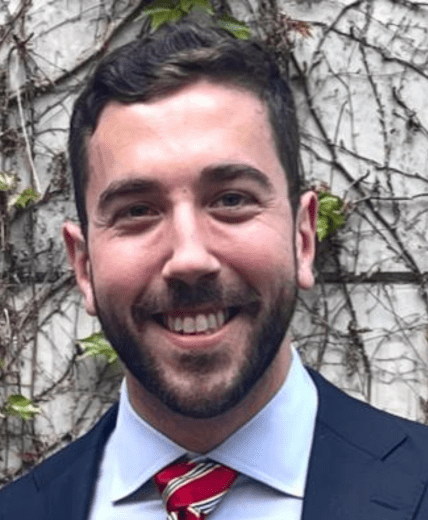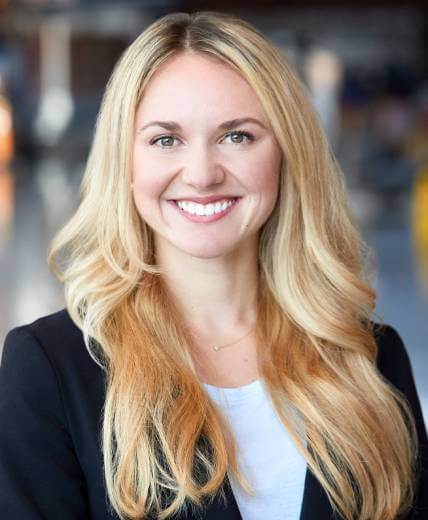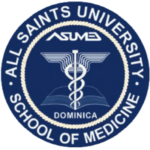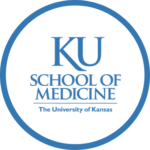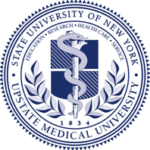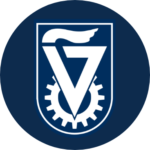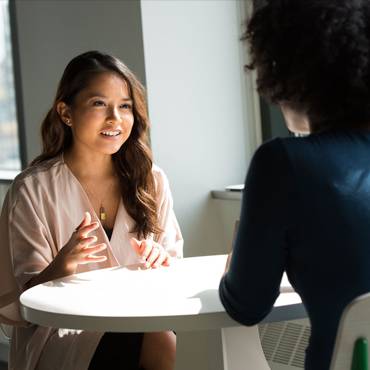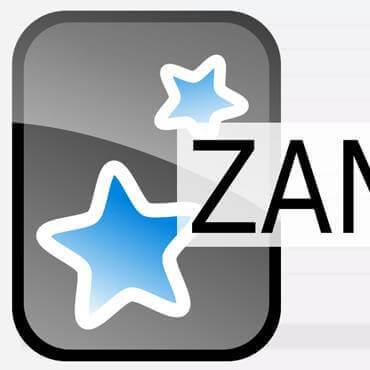Why Elite Tutoring is Different
You’ve already invested years and a lot of money into becoming a physician. You’re looking at your final hurdles, and while it’s always exhilarating to see the proverbial light at the end of the tunnel, the exams required to complete medical school can seem quite daunting. USMLE prep is especially intense and getting a great Step 1 score is difficult and requires a lot of focus, as you already know. This is the time to get the help you need so that you can put your exams behind you and get down to the business of helping people, which is why you decided to venture down this professional pathway in the first place! What you need is the best USMLE tutor possible, and you’re in luck, as you’ve come to the right place. Your score is in good hands.
While many other tutoring organizations claim to offer top of the line medical exam prep, we take great care to ensure the quality of our services are unbeatable. The best USMLE tutor for you may be one person, while the best USMLE tutor for someone else may be an entirely different person. One of our unique approaches to USMLE tutoring is our priority when it comes to matching students with effective support systems. At Elite, medical school test prep is not a cookie-cutter process.
Why Our Students Love Us
- Fully online, available wherever you are
- We teach strategies on how to approach test questions
- We focus on high yield material and work through cases
- We keep you motivated and on track
- We’re IMG friendly
- Student information is kept completely confidential
- Unused tutoring hours are 100% refundable
- We get results
Meet Our Elite Medical School Tutors
View All TutorsWe’ll get you to where you need to be, without false score promises.
We work closely with students who have previous exam failures as well as those who are on academic probation or at risk for dismissal from medical school to help you find success, whatever that may look like.
“When I first sought out the Elite Medical Prep program, I was distraught and had essentially no self-confidence … When I received my score, it was the most joyous day of my life”
Dr. Tequilla Manning
Current Family Medicine Resident
196 on Step 1 (after 2 previous failures without tutoring)
222 on Step 2 CK (passed on first attempt with tutoring)
What students are saying
Read All TestimonialsTrusted by thousands of students from 50+ medical schools






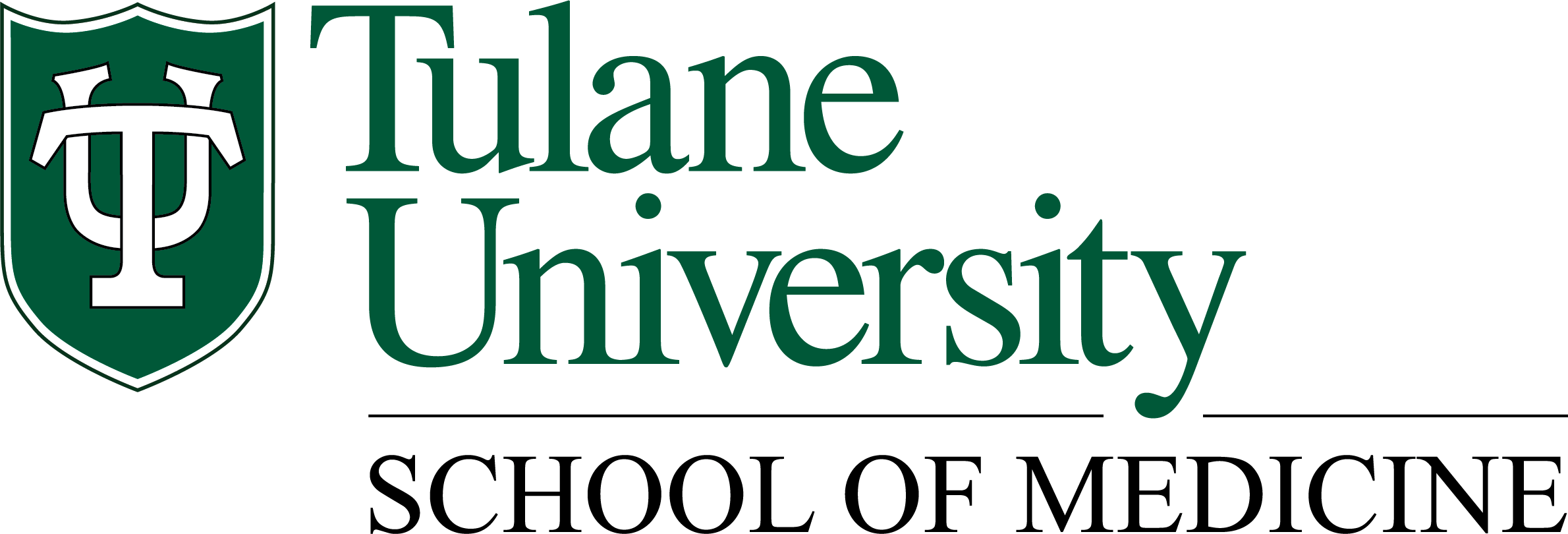





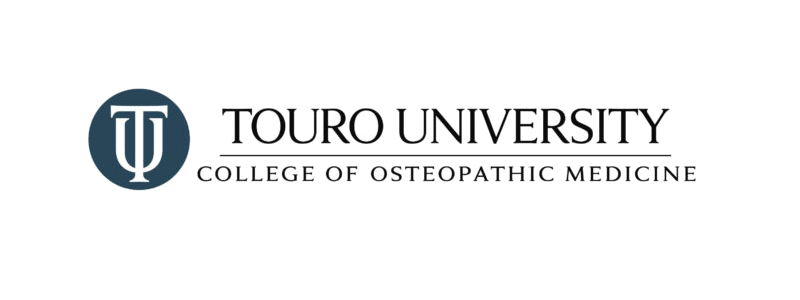








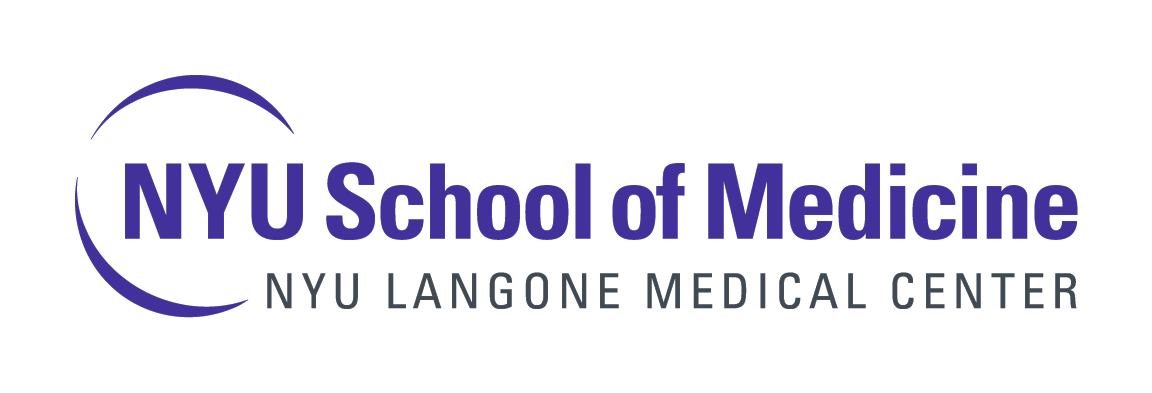





We partner with top schools to deliver our tried-and-true courses to their students
- We offer innovative USMLE Step 1 and USMLE Step 2CK prep courses
- Unlike traditional courses, our unique courses involve students through interactive learning techniques such as live polling and question based lectures
- Students prepare for their exam by becoming familiar with real test questions guided by USMLE experts
We also deliver courses at Technion American Medical School and Ben Gurion Medical School.
Explore Partnerships






